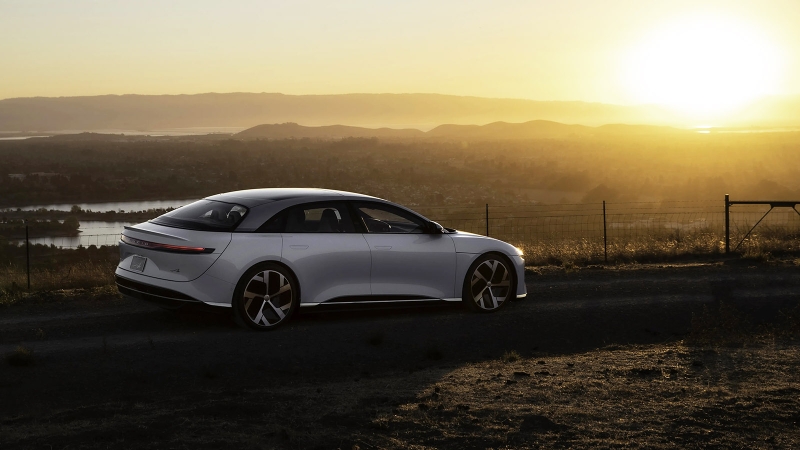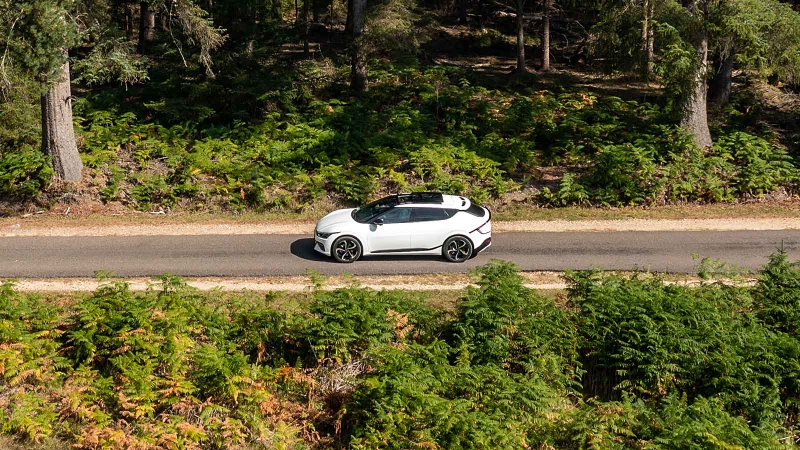

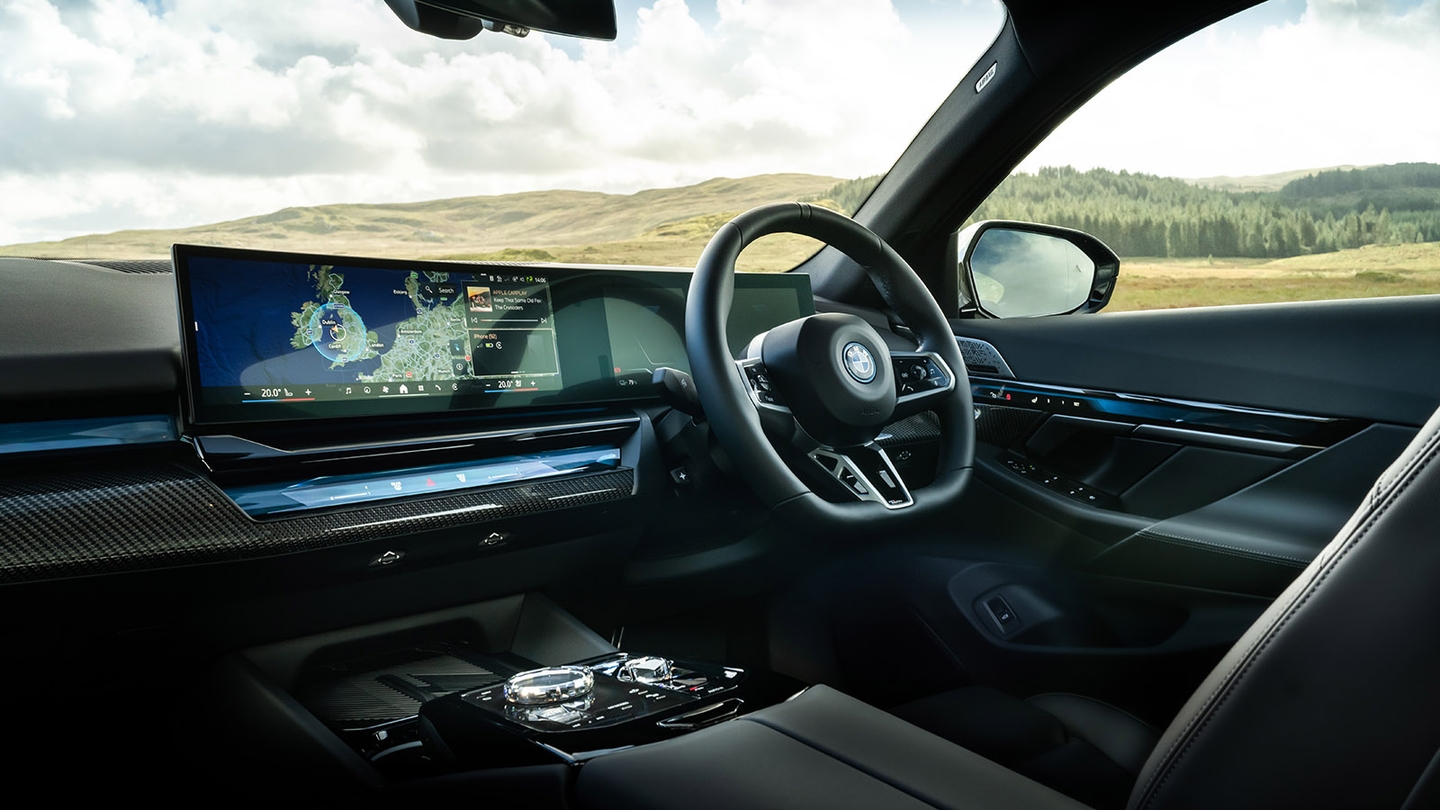
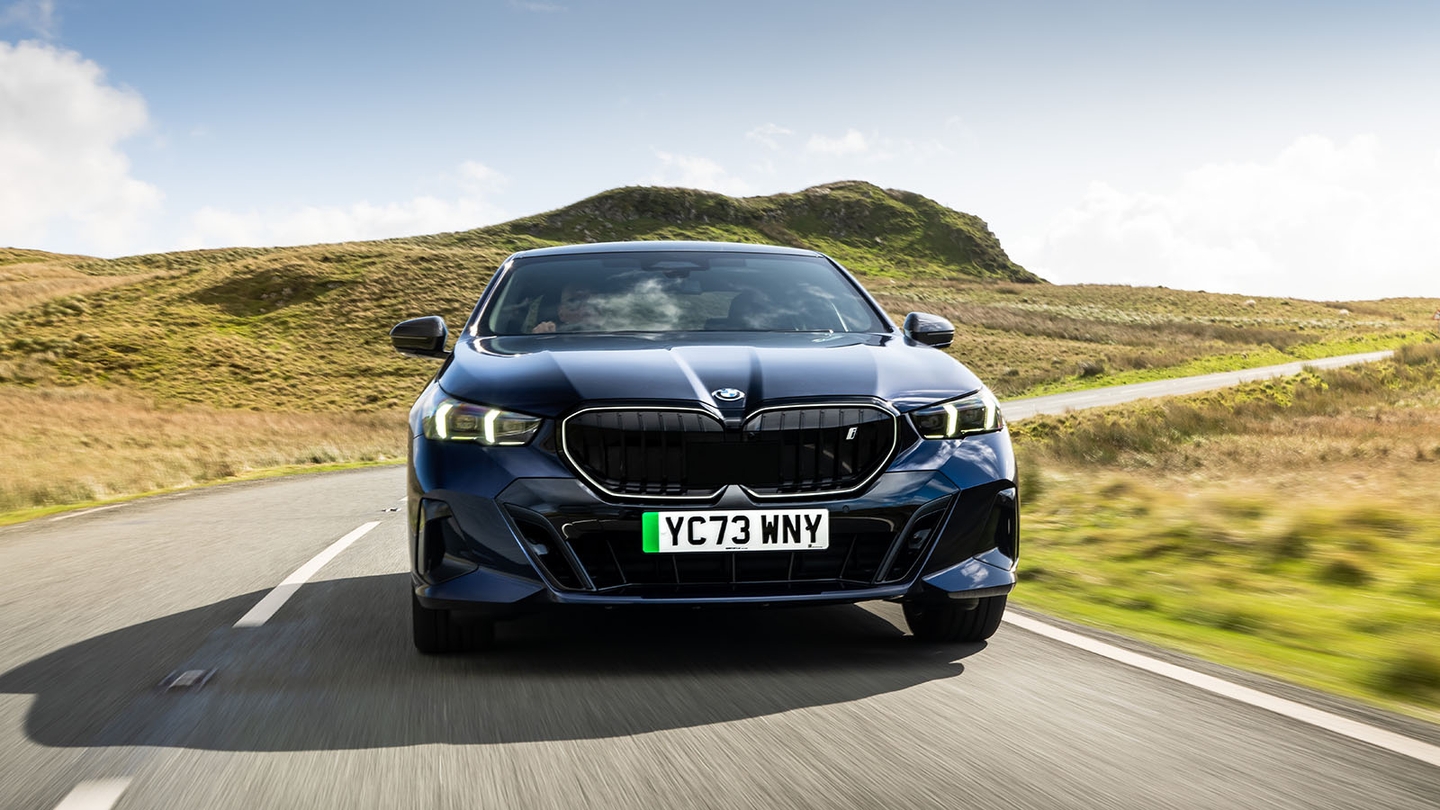
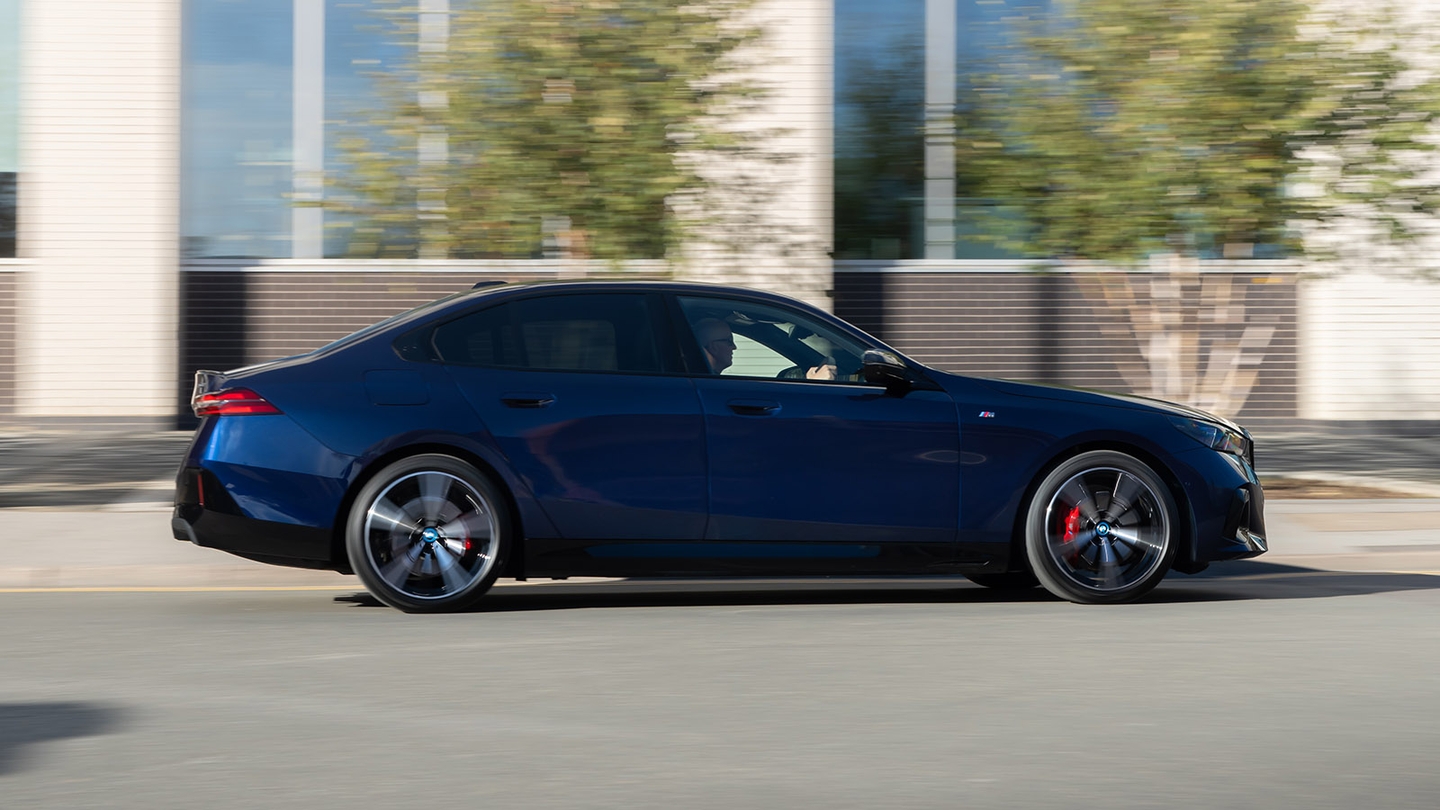
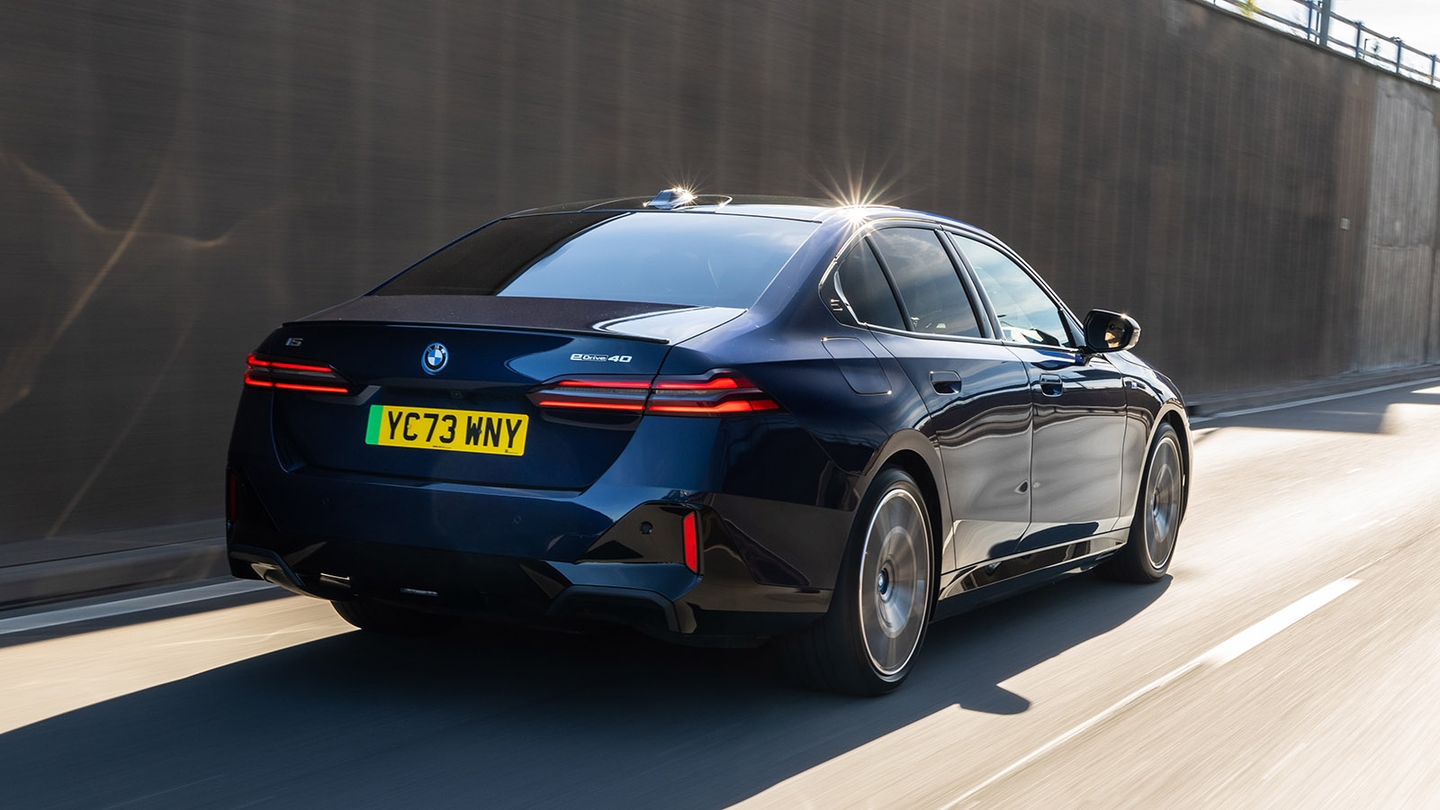
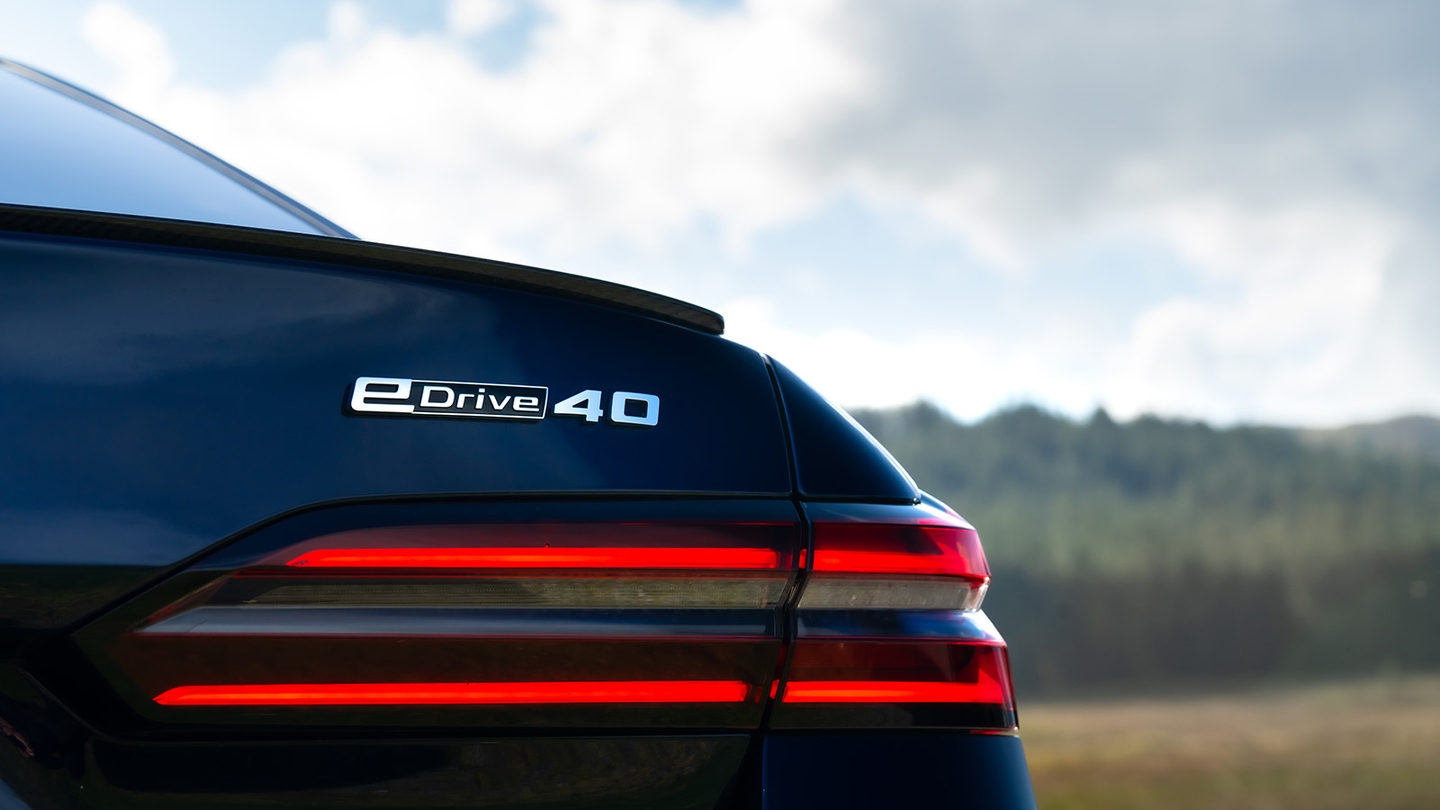
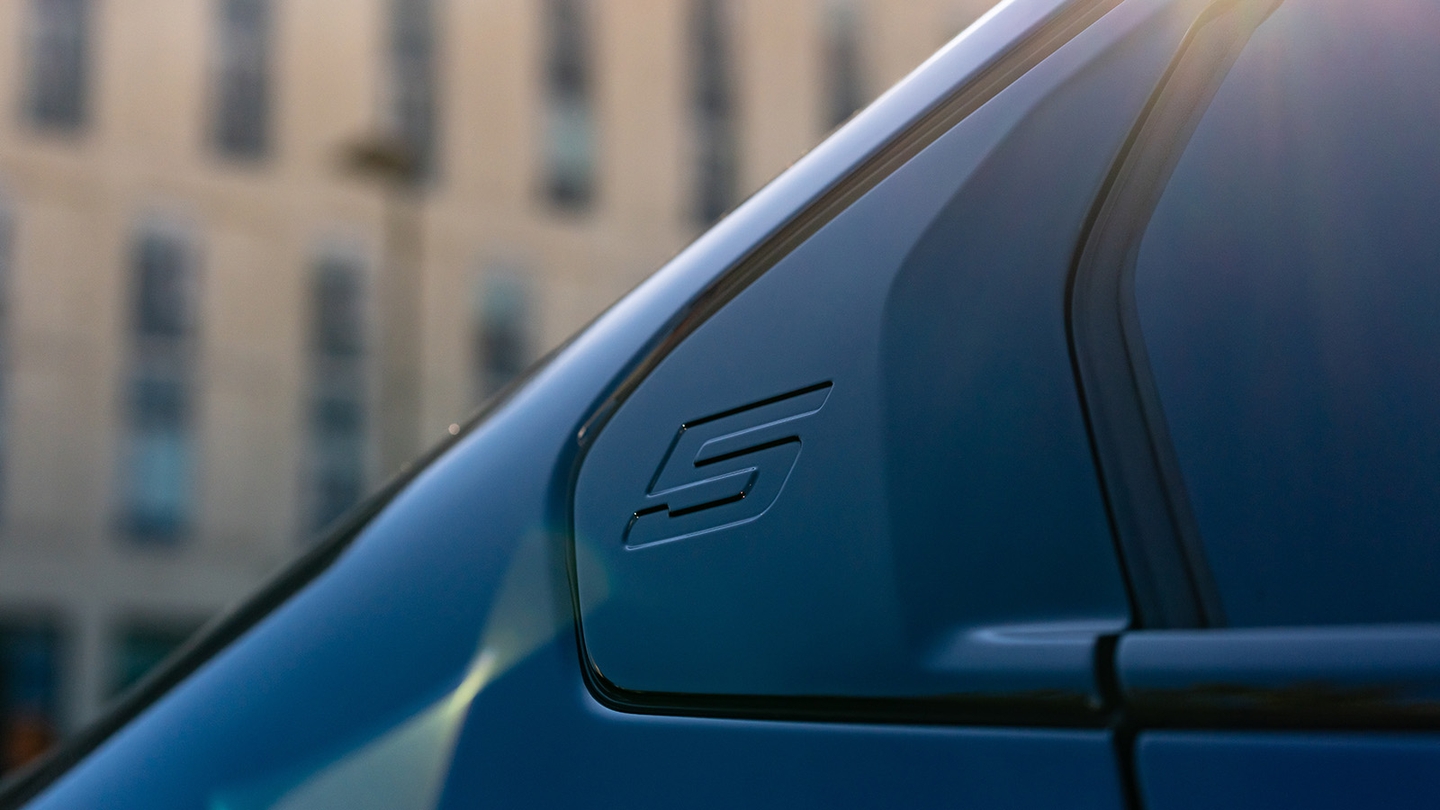
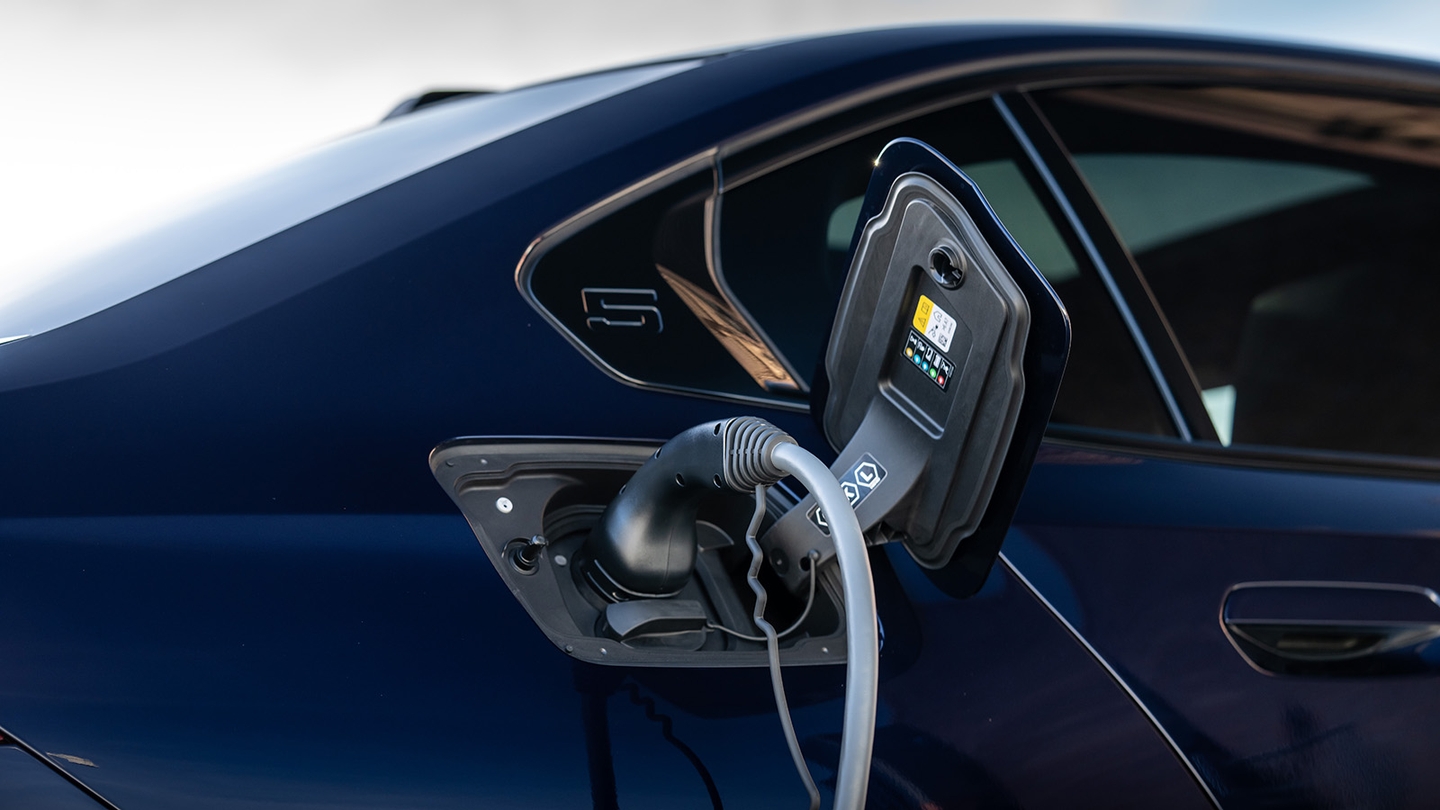
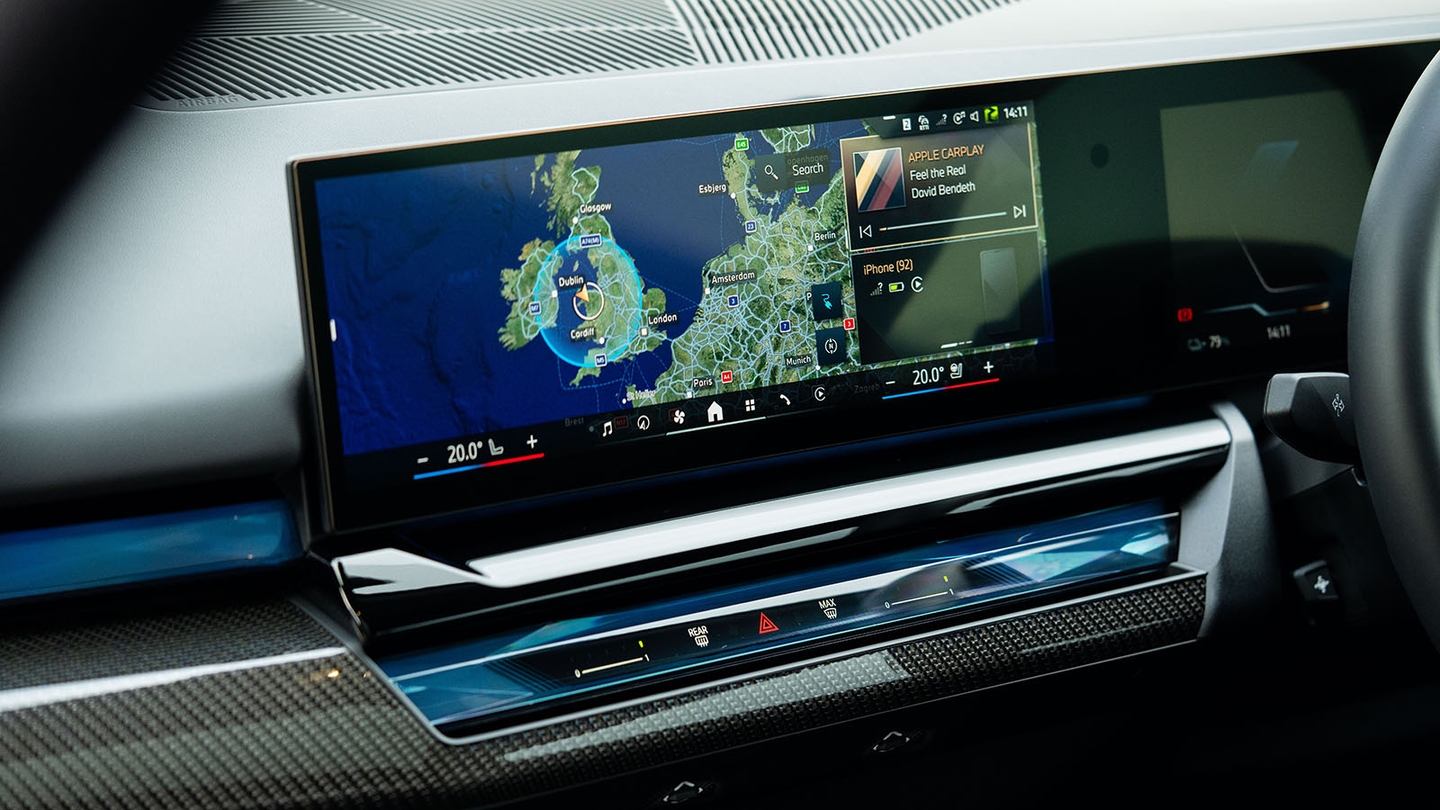
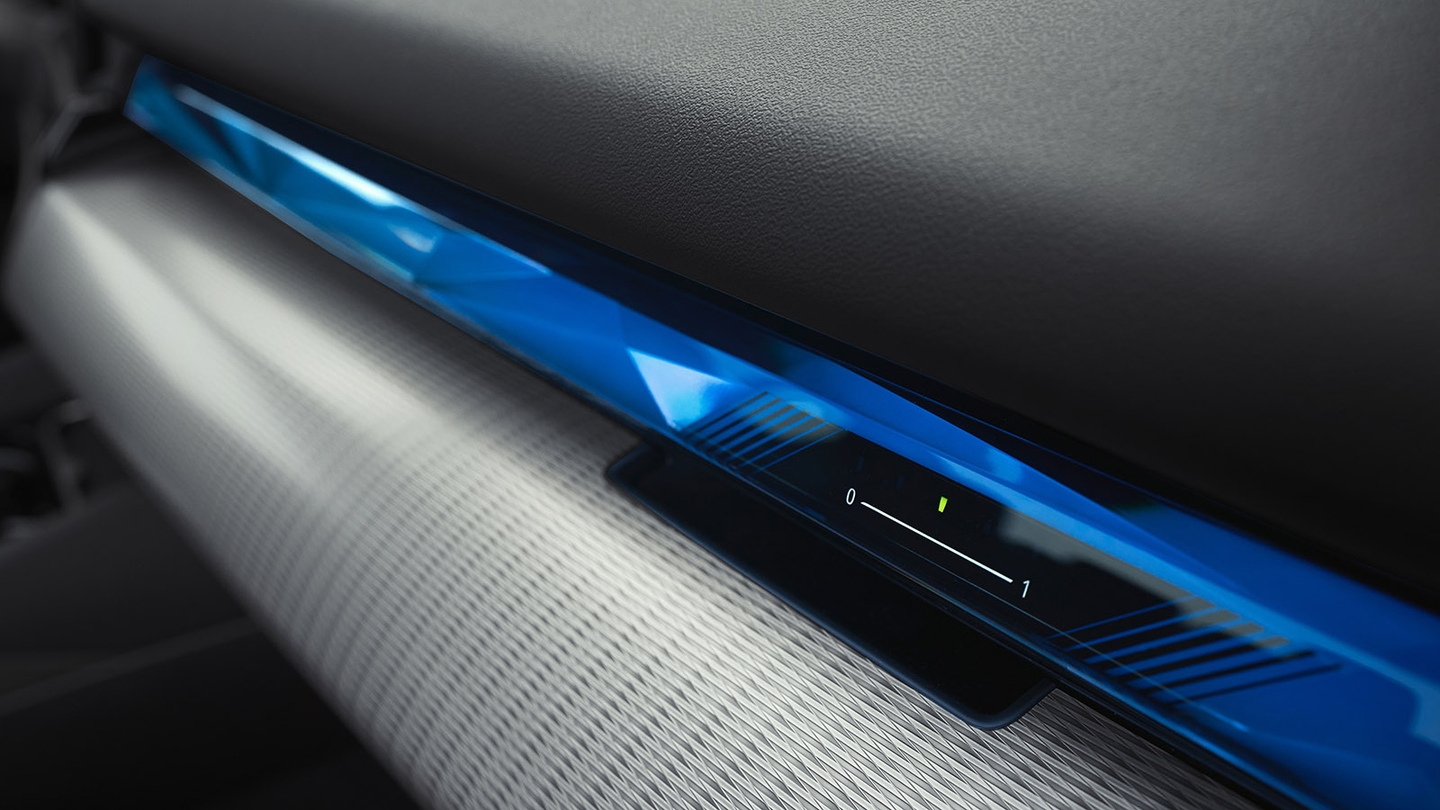
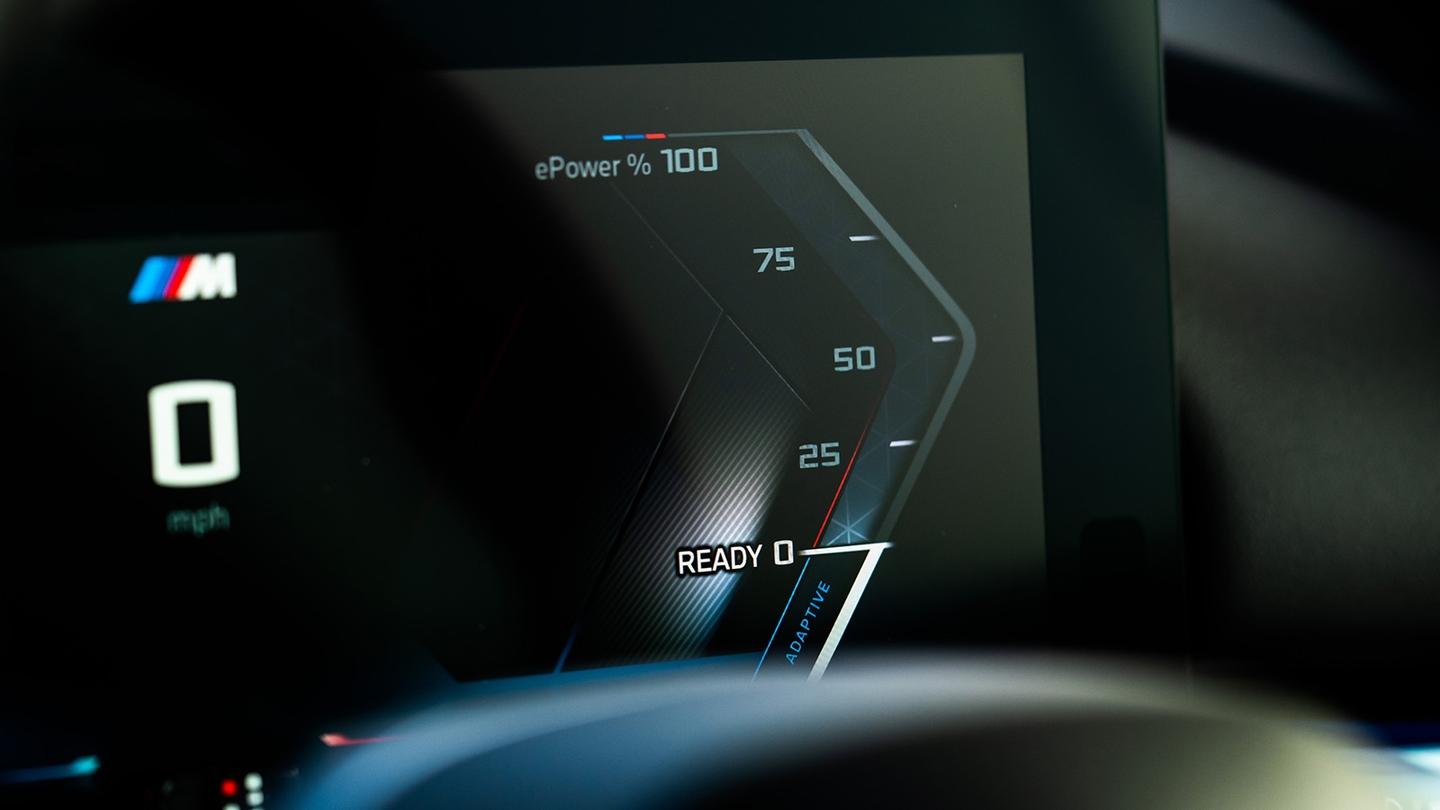
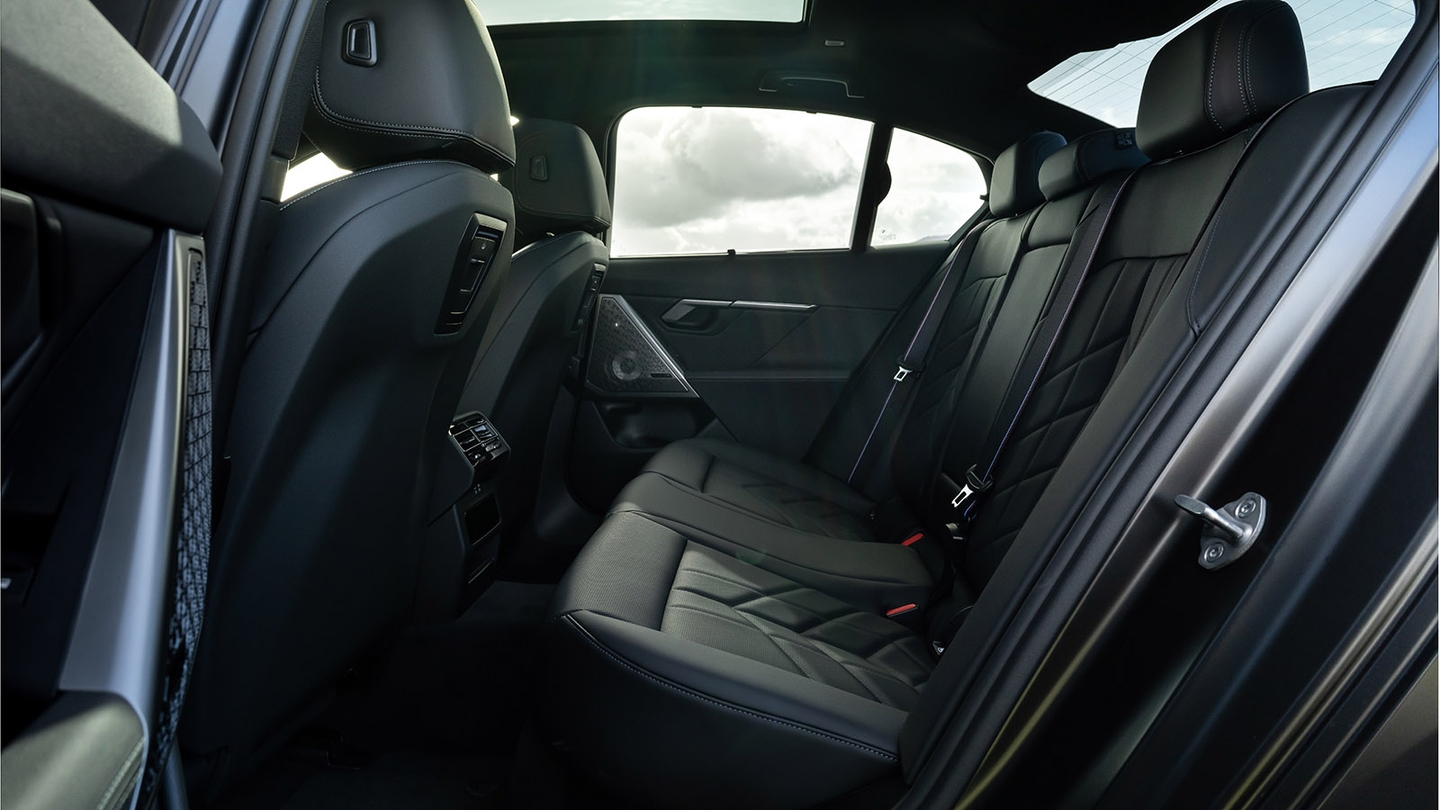

BMW i5 Review

As we found, the latest-generation BMW 5 Series trades some of the sharp-edged sportiness of older models for a more balanced character. It may not be as fun as it once was, but it's a much better everyday cruiser as a result.
With this is mind, its new electric sibling – the BMW i5 – simply enhances the package with effortless acceleration and excellent refinement. We've tried out the i5 eDrive40 version to see if we'd choose it over the petrol-powered 520i.
- Calm, composed driving experience
- Modern cabin design
- Decent range and performance
- Not as fun as older 5 Series models
- Too reliant on its infotainment screen
- Massive footprint makes parking tough
Should I buy a BMW i5?
On the surface, the distinction between the fuel-powered 5 Series and the battery-powered i5 is pretty clear. The former uses a petrol engine paired with an automatic gearbox, while the latter uses an electric motor and an underfloor battery pack. Beyond that, they're essentially the same – smooth, luxurious German cruisers with lots of passenger space and an imposing image.
"This eDrive40 version might be the entry point into the i5 range, but there's nothing entry-level about its performance"
Historically, the 5 Series was the executive barge to choose if you were a keen driver. Older versions were poised and agile in a way few cars their size could replicate. However, the new model has traded some of its athleticism for a greater focus on comfort and refinement, with less feedback through the controls and more pronounced body roll through corners.
That might be disappointing if you believe BMW should make the 'ultimate driving machines' but, for most buyers, making the car a better everyday cruiser is probably a wise move. In this sense then, swapping out the petrol engine for a silent-but-powerful electric motor simply leans harder into the latest 5 Series' more balanced setup, giving it instant, effortless torque so you can waft up to speed with no sense of strain.

The brand has also sought to streamline the cabin experience too – eliminating many physical controls in favour if its massive dual-screen infotainment setup atop the dashboard. We aren't exactly fans of this approach as screen-based systems just aren't as easy to use at a glance as proper knobs or buttons – we've already proved this using science – but at least BMW's system is bright, sharp and responsive to the touch.
For many buyers, the choice between the battery-powered i5 and the petrol-powered 5 Series will come down to their budget and use case. The i5 is pricier as a brand-new car – roughly £68,000 to the 5 Series' £52,000 – but your running costs should be noticeably lower if you can charge the car at home.
That's a large price gap to bridge but, as we learned in our explainer on EV depreciation, battery-powered cars tend to suffer significant price drops in the first year on sale, before slowing to a depreciation rate that's very similar to fuel-powered cars. That means an i5 that's roughly a year old will be only marginally more expensive than a similarly aged petrol-powered 5 Series, while retaining the lower running costs and better performance.
Interior and technology

The i5's cabin is essentially unchanged compared to the fuel-powered 5 Series. Compared to the incremental changes BMW's made between earlier 5 Series generations, the leap to the current model is more pronounced. Many physical controls from the old car have been removed in favour of touch-based versions in the new car. That's led to obvious omissions like the lack of physical climate controls, but some more subtle ones too like the removal of the old car's air vents, with the new ones hidden behind dashboard panels.
So what has BMW actually added to the new car? Ignoring the pair of IMAX-style screens on top of the dash for now, the most obvious addition is the dramatic ambient lighting setup. This is hardly a new concept but, rather than the thin strips that most rivals use, BMW has equipped the i5 with massive glowing panels across the dashboard that meet up with similar items on the front doors. These panels have diamond-like facets built into them that elegantly reflect the panel's illumination, with the lighting colour itself being tied to the i5's extensive choice of drive modes. For example, red for 'sport' mode, and light blue for 'relax' mode. They flash when you put the hazard lights on, too.

There's still a small cluster of physical controls in the centre console, including the gear selector and shortcuts for the drive-mode menu. We do have to dock some marks, however, as BMW's trimmed this cluster in gloss black plastic, which looks cheap and means it's almost always covered in fingerprint marks. You'll find shortcut keys and a rotary controller here for the main infotainment system, which makes quick on-the-fly adjustments easier, even if it feels like an anachronism as most rivals swap to touchscreen-only setups.
Even if you stick exclusively to the touchscreen, it's still one of the easier systems to use simply by virtue of being so large. There's enough on-screen real estate that buttons and controls aren't too small and squashed together, so you don't need to aim too accurately to hit the function you want. It does drop a few points, however, for its main menu layout, which groups an unreasonably long list of functions onto a single page. You'd need to pull over to safely pick the option you actually want from this overstuffed list, so you'll need to customise your favourite infotainment features to avoid ever having to navigate the main menu.
Practicality

Again, the i5's cabin is essentially the same as the 5 Series, with the same accommodation for passengers. Each of the four main seats have loads of head and legroom, with the 5 Series marking itself out against the smaller 3 Series by giving taller rear occupants even more space to lounge about. M Sport models feature adjustable under-thigh and lumbar support for both front passengers and, while rear occupants aren't afforded the same flexibility, the second row itself is comfortable and supportive.
Unlike ground-up EVs, the i5 shares a platform with engine-driven 5 Series models. You'll find evidence of this if you try to carry a fifth passenger in the centre-rear seat, as they'll find their foot space is taken up by a hump for the transmission tunnel. This isn't the case in pure-EV rivals like the Mercedes EQE or certain Tesla models, which have a flat floor across the width of the car.

Our i5 test car is the four-door saloon model, which means the cargo area is a separate section accessed through a traditional boot lid. Total area comes in at 490 litres – a respectable figure for the class, but a fraction behind EV rivals like the Audi A6 e-tron and petrol competitors like the Mercedes E-Class and BMW's own 5 Series. This should be enough space for a family's holiday luggage but, if you want a little more storage, you can pick the i5 Touring estate, which bumps the total up to 570 litres and has a more useful hatchback-style opening.
All cars come with 40:20:40 split-fold rear seats, which gives you a little more flexibility than the traditional 60:40 split when expanding the cargo area. On-board storage is reasonably generous too, with a decent glovebox, a useful cubby between the front seats, and big door bins across both rows.
Range and performance

All i5s use the same 84kWh battery pack. The headline range figure in our eDrive40 M Sport car is 374 miles on a full charge. That means you can expect somewhere between 250-300 miles travelling at motorway speeds. The i5's numbers can't quite challenge the best-in-class like the Mercedes EQE's 431-mile figure or the updated Tesla Model 3's 436-mile range, but they should be plenty for most drivers' needs.
The car can DC fast charge at up to 205kW – another really solid but not-quite class-leading figure. That means the benchmark 10-80% charge will take 30 minutes on a max-rate charger. Like most EVs, charging the i5 on a 7kW home wallbox will take a little over 11.5 hours for a full 0-100% refill, although you'll rarely need to recover the entire capacity in one go.

This eDrive40 version might be the entry point into the i5 range, with just a single rear electric motor, but there's nothing entry-level about its performance. The motor makes a sizeable 340hp – far more than the 208hp you'll find in the entry-level petrol 520i – giving it impressive and instantaneous acceleration all the way up to fast motorway speeds. It feels every bit as fast as its six-second 0-62mph time suggests, although there's a marginally more gentle ramp to the throttle pedal than something like a dual-motor Tesla, which'll happily snap your neck back if you floor the throttle.
BMW's sought to make the driving experience a little more memorable by adding what it calls 'IconicSounds' – EV sound effects created with the help of composer Hans Zimmer. These range from a fairly pleasant choral chant in relax mode to a harder synth stab if you're in sport mode. The weirdest, however, is expressive mode, which drops you into an ominous cinematic soundscape, as if you'd just driven onto the set of a Transformers movie. More importantly, however, is once you've bored of these effects, you can switch them all off and turn the i5 into a nearly silent cruiser, with no audible motor noise whatsoever.
Driving and comfort

Like the 5 Series, the i5 isn't quite as athletic as its petrol-powered predecessors. The steering is light and feels more assisted than older models, and there's a little more body roll through corners thanks to the generally softer suspension setup. What BMW has found, however, is a great everyday balance that means the 5 Series still feels accurate, predictable and grippy, while also having more compliance over bumps and rough road surfaces.
You do occasionally hear the suspension working away over bigger impacts, with the odd audible thud making it to the cabin. However, this effect is exaggerated because the i5 doesn't have an engine under the bonnet acting as a white-noise generator to cover these unwanted intrusions. Insulation against outside noise is excellent, however, with the i5 becoming a near-silent cocoon against the roar of traffic around you.

Pop the i5 into sport mode and the throttle pedal sharpens up while the steering becomes a little heavier. The car isn't really any more fun to drive, however, and the more aggressively you throw it into corners, the more obvious its substantial weight becomes. And, considering none of this is accompanied by the reassuring rumble of a big petrol engine, you quickly tire of this experience and set the car back into a more sedate setting, where it feels more at home.
This isn't a BMW that truly delivers on the brand's sporting promise. If you want an EV that feels like it wants to be a sports car, you'll be better off with the Tesla Model 3, which has much more hyperactive steering and pedals. What the i5 is, however, is a very convincing luxury EV, with a grown-up ride quality and deep reserves of silent power to waft up to your desired cruising speed with barely a whisper making it to your ears.





























































